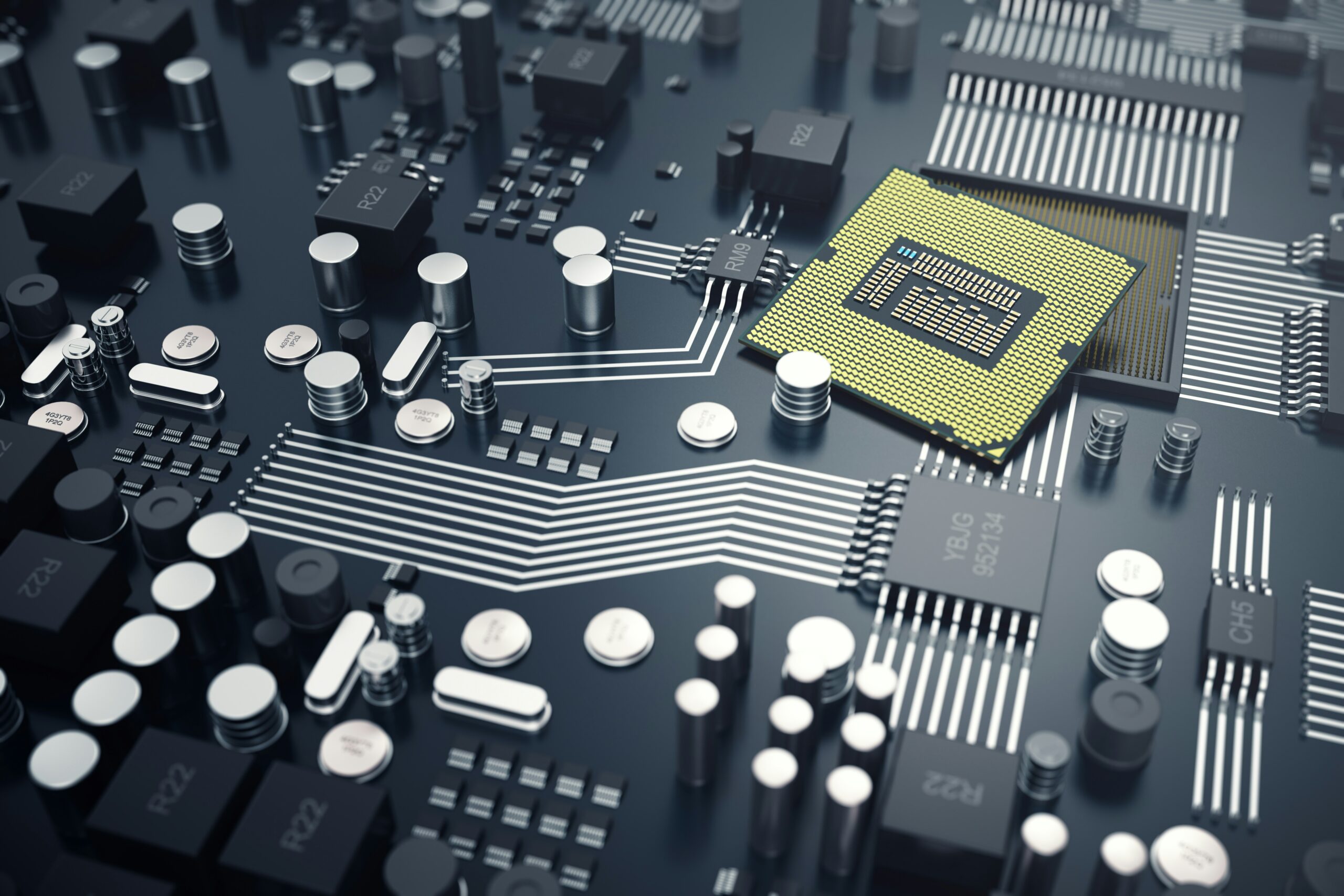In a major win for America’s semiconductor ambitions, the Senate has passed a revised version of the “One Big Beautiful Bill” that boosts tax credits for chipmakers from 25% to 35%. The measure is designed to accelerate domestic manufacturing of advanced chips, while reducing the country’s dependence on foreign supply chains.
Under the new provisions, companies like Intel, TSMC, and Micron that invest in U.S.-based chip fabrication can now claim larger tax breaks on qualified production expenses. The bill also includes added incentives for facilities using energy-efficient technologies, signaling a growing alignment between industrial policy and climate goals.
The enhanced credit comes at a pivotal moment for the global semiconductor sector. Nations are increasingly competing to onshore critical tech production, spurred by both pandemic-era disruptions and geopolitical tensions. The U.S. sees chips not only as economic assets but as national security imperatives and policymakers hope these tax incentives will attract billions in new investment.
Industry players already expanding U.S. operations are expected to benefit most. With a deadline set for 2026, the window to qualify is short, encouraging swift project execution. For companies still weighing the economics of new fabs, the 10% increase in credits could tip the balance.
However, the policy isn’t without trade-offs. The higher credits will add to the federal deficit, a concern voiced by fiscal conservatives. Critics also argue that without strict accountability, such subsidies may not deliver proportionate economic gains. Nonetheless, supporters contend that the long-term return – in jobs, resilience, and technological leadership far outweighs the cost.
The legislation now heads to the House, where debate over its broader implications ranging from healthcare to environmental policy will likely intensify. Still, the chipmaker provision is expected to retain bipartisan support, given its strategic importance.
With this move, the U.S. is doubling down on its bid to lead the global semiconductor race. If the tax incentives succeed in attracting large-scale investments, they could mark a defining shift in industrial policy – placing advanced chipmaking at the heart of America’s economic and technological future.


